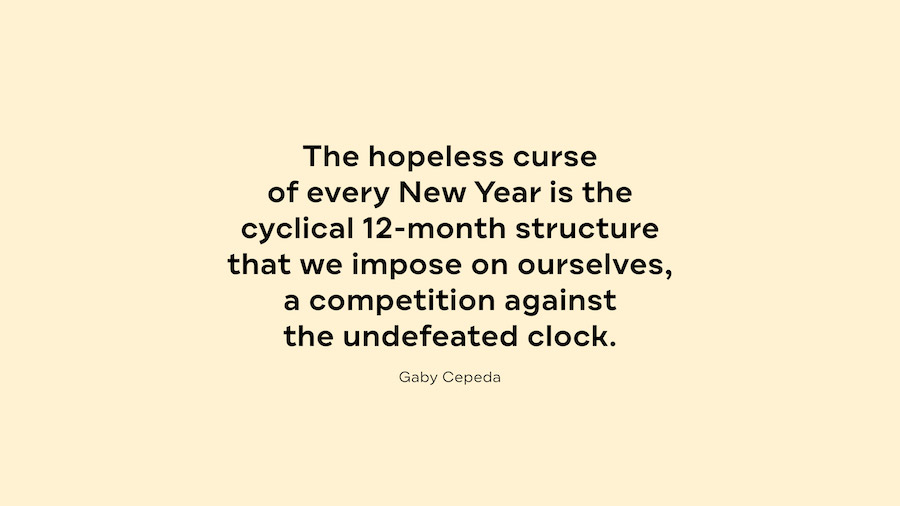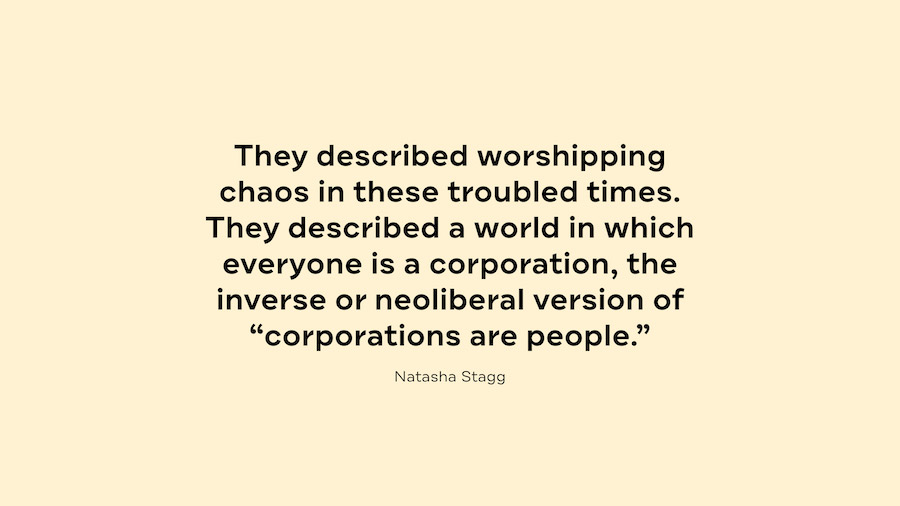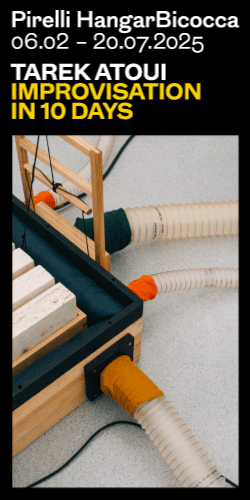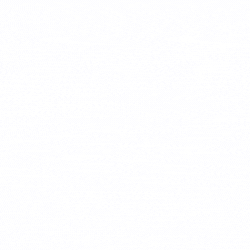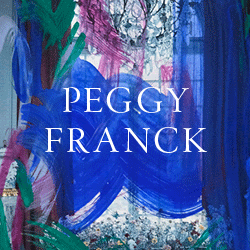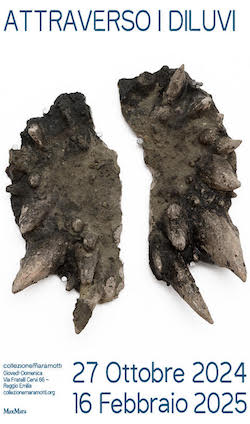November 9th 2018, whilst scrolling through my Instagram newsfeed, I discovered a post from New Scenario (a curatorial project by Paul Barsch & Tilman Hornig). A white inscription that read “January 2019” flashed intermittently on a black background, but nothing more. From that moment I had been awaiting with trepidation the release of this platform, and for subsequent months, only few details were rationed out, seducing and inflaming my curiosity further.
However, since 2014, New Scenario has been playing with virtual space, challenging the canonical parameters of exhibition-making and the modernist space of the white cube. On December 30th 2018, after some further small clues, a video with a background of the limpid skyline of New York, offers the titled: Cameron Nichole is Chloë Sevigny is Bruce Nauman.
Already ambiguous, the phrase blurred the identities of the mentioned characters: a model in the vest of a musician, an actress and an artist and confused them with the names of the participants of the project: Rahel Aima, Lucrezia Calabrò Visconti, Gaby Cepeda, Steph Kretowicz, Courtney Malick, Simon Würsten Marín, Natalya Serkova, Natasha Stagg – surprisingly none of them are artists.
On January 27th 2019, a black “Now Online” on a pale yellow layer welcomed me to enter newscenario.net and discover what the object of my curiosity was about.
The website opens with a dry introduction: The authors were asked to write a text inspired by the remake of Bruce Nauman’s black and white performance Playing A Note on the Violin While I Walk Around the Studio (1968), in which the artist measures the space through the movement of his body and the monotone sound of the violin. The result of this re-enactment is a looped video that follows the movements of Cameron Nichole while she plays a note on a New York-ish rooftop. Her face is littered with green dots that resemble green motion tracking markers?- a special effect used to track the movements of an actor so they can be replaced by other characters. Through a possibility of manipulating the image, the phantasmatic presence of Chloë Sevigny in the role of Bruce Nauman is revealed. However, those green spots could represent many urgent questions about the manipulation of images – for example, the recent phenomenon of Deepfake, a technique of synthesising human images based on artificial intelligence. It is used to combine and overlay real images and videos with images or video sources through a machine-learning technique called “generative adversarial network” (GAN).
The combination of existing and sample videos, generates a fake video that shows an event that has never occurred in reality, putting a strain on the truth of the events and the privacy of the actors. But here the overlap occurs only potentially, through the attainment of the names and the evocative power of the word.
After watching the video I eagerly read the contributions of the authors, summarized in a reader downloadable in pdf, and I immediately realize that the moving images are more than an initial point, but a narrative device for broader reflections. It plays on different points of view in relation to the same thing – in fact, the first step of the project was sending to all the contributors the same makeover of the performance. Sensing the video, through a text device, the writers exercised expressing themselves, their research, their reality. Surprisingly, the contributions, many of which with staged on the background of the Big Apple, the visual support from which they arose, were often personal. In front of me what I see is a text-based project, an exhibition that consists of texts.
In order to understand better the artist’s point of view, I sent an email to the New Scenario. They explained to me that the project is the result of a residence they held in New York, a tribute to the city and a chance to live it in a different way. This particular and least known performance of Bruce Nauman seemed to them the most suitable in terms of setting, movement, sound, background as a starting point. However, as artists, they are interested in its reconstruction and contextualization in the now. Connecting the name of Chloë Sevigny – a figure loved by New Yorkers, with Nauman, equally appreciated, seemed a perfect match. Actually I think the two of them can get long pretty well, or maybe they do, especially in a city like New York, where the contamination between high culture and pop culture have always been a means of experimentation and creation of the new. Switching personalities can be the perfect game to experiment with the outer and the inner, as merging practices is the matter of every innovation.
So, to my question of why a project of words? New Scenario expressed to me the desire to move away as much as possible from the apocalyptic aesthetics and experiential mode of HOPE (2017), whose exhibition space is a college in virtual reality, coinhabitated by zombie students, art works and performances to be visited through the depth of the web. They state that “In all the former projects the settings served as the surrounding or embedded the artists artworks, but here the ‘video work’ is just a trigger to open up an imaginative setting or several settings through writing. The texts become the artworks, and are connected through the video”. The narration thus becomes the wire – beyond the screen – through which reality is built. For this reason Cameron Nichole is Chloë Sevigny is Bruce Nauman is focusing attention on the text as an artistic medium as such, which still plays a fundamental role in the art system.
After experimenting and exaggerating the potential of images, constructing multiple scenarios for art presentation in virtual matter, questioning the position of the spectator and of the artwork, the latter project of the New Scenario implements a shift in the point of view, positioning itself as a true hymn to the imaginative thought. There is more beyond the images and Cameron Nichole is Chloë Sevigny is Bruce Nauman discloses how the imaginative process takes place in it’s being induced and specific, but still the producer of meanings for the otherness. Image and word can share the same space, in this case that of the Internet, and may support each other, without having to slavishly explain each other. So the word in it’s evocative capacity opens up to a beyond ut picture poiesis[1].
Text by Dalia Maini
[1] Ut pictura poiesis is a Latin phrase meaning “as is painting so is poetry”. The statement occurs most famously in Horace’s Ars Poetica, than quoted from Lessing in his Laocoön: An Essay on the Limits of Painting and Poetry (1766), and wants to affirm the equal force in sense making of the two sisters arts. This sentence during time became obsolete, in fact W. J. T. Mitchell trenchantly observed that “We tend to think that to compare poetry with painting is to make a metaphor, while to differentiate poetry from painting is to state a literal truth.”





